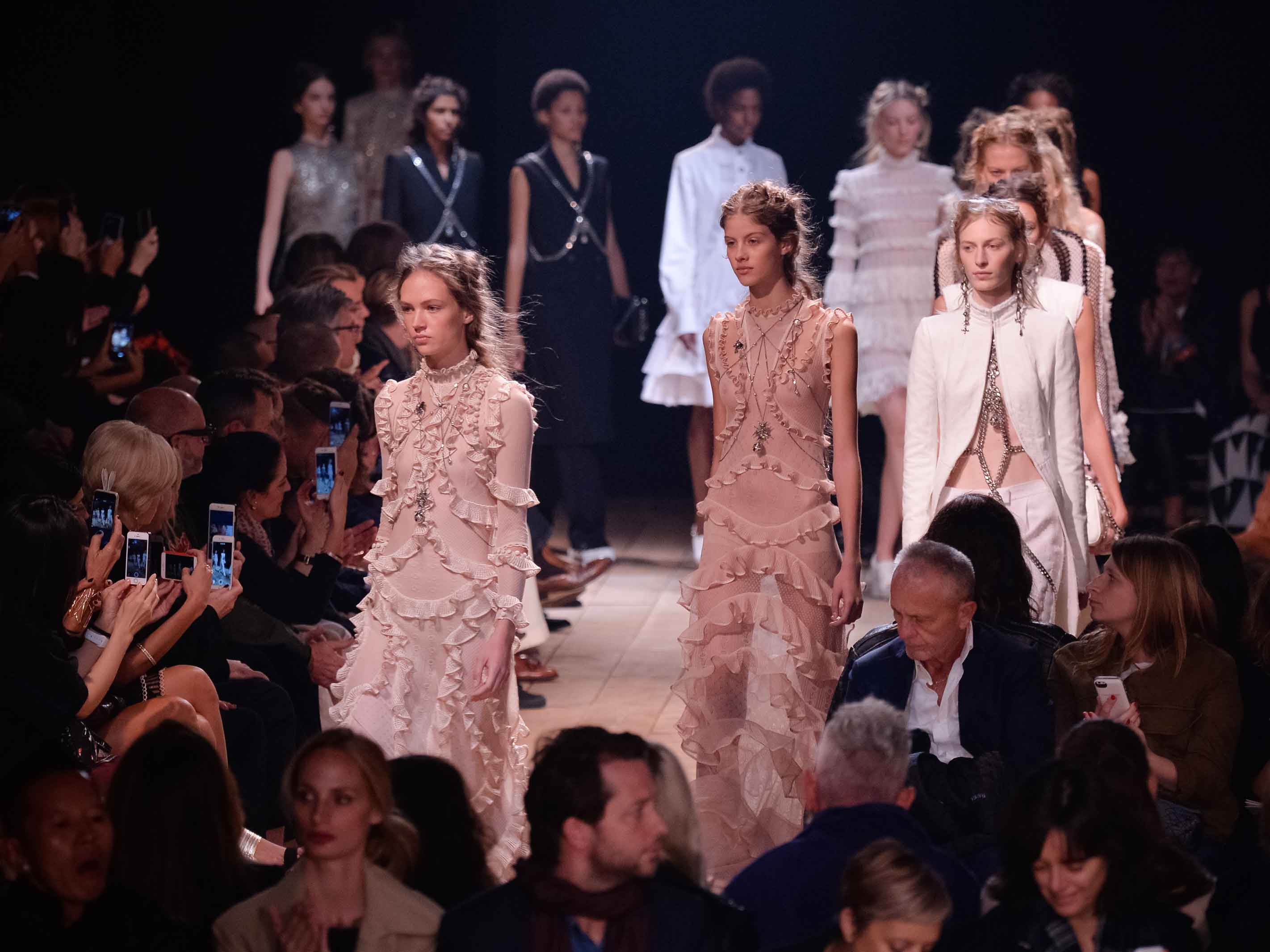London fashion: Designers don't have to move to Paris to make their mark
Princes and paupers: London's tale of two fashionable cities

Your support helps us to tell the story
From reproductive rights to climate change to Big Tech, The Independent is on the ground when the story is developing. Whether it's investigating the financials of Elon Musk's pro-Trump PAC or producing our latest documentary, 'The A Word', which shines a light on the American women fighting for reproductive rights, we know how important it is to parse out the facts from the messaging.
At such a critical moment in US history, we need reporters on the ground. Your donation allows us to keep sending journalists to speak to both sides of the story.
The Independent is trusted by Americans across the entire political spectrum. And unlike many other quality news outlets, we choose not to lock Americans out of our reporting and analysis with paywalls. We believe quality journalism should be available to everyone, paid for by those who can afford it.
Your support makes all the difference.You'd be forgiven for thinking London fashion is giving off mixed signals as we slide into 2016. Last week, it was announced that Alexander McQueen would return to the capital to stage its autumn/winter 2016 womenswear show. The last time the label did so was in 2001, the perception being that, to build an internationally-recognised business, a designer had to leave London for New York, Milan or Paris. Those were well-worn paths.
Hurrah! Britannia rules fashion's waves of hype and favouritism. I do hope a designer does a Union Jack dress.
I'm being flippant. Excitement and enthusiasm for that isn't empty patriotism: designers like McQueen, with commercial as well as creative clout, help to anchor London's still-precarious place on the international calendar. It ensures there's an audience to attend the shows of lesser-known designers. It may even lead to the discovery of the next McQueen – although his contemporary counterparts are, perhaps, Christopher Kane and JW Anderson, who partnered with major conglomerates to secure their creative futures. The position of London fashion today, however, means they don't have to move to Paris to make their mark.
Enough flag-waving. There's a flip-side. Possibly to fashion as a whole, although it's still especially prevalent in London. That of insecurity; of financial difficulty; or precarious footing. Last week, Jonathan Saunders announced he would be shuttering his business, despite a flush of investment this year and the hiring of a new CEO, Rupert Maunsell, in July. A few designers have fallen off the London fashion week schedule of late: Michael van der Ham didn't show for spring; Richard Nicoll quietly folded his business. And despite receiving the accolade of emerging womenswear designer of the year this year, and the inaugural 2014 LVMH prize, Thomas Tait confirmed that he will be showing via appointments in Paris, rather than his regular London catwalk show.
A number of these designers are, I suspect, victim to the changing winds of stylistic mores. However, I also think there's simply too much fashion in the world right now. It isn't London-specific, but as designers here are (by and large) independent, and many in number, the effects are seen most readily on its shifting schedule.
It isn't all about fledgling labels – Hunter has opted to drop its catwalk show, which from my perspective is more than welcome. Hunter sells Wellingtons, not fashion – both ideologically, and literally. So why show during London Fashion Week?
That's the Darwinian dichotomy of London fashion today. It'll only survive if it's strong. Thinning the herd is harsh, but ultimately it's no bad thing.
Join our commenting forum
Join thought-provoking conversations, follow other Independent readers and see their replies
Comments